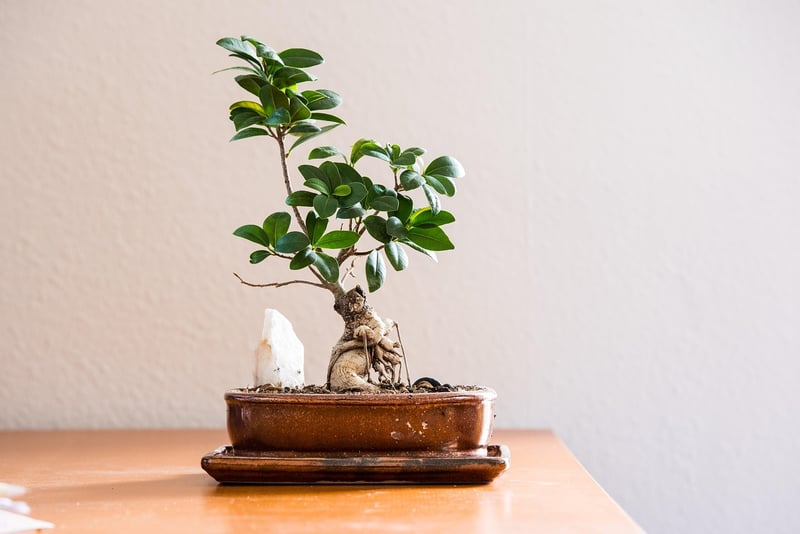Living Walls
#Trellises
#Living walls
#Hanging planters
Structural Elements for Vertical Gardening + Living Walls

Vertical gardening and living walls have become increasingly popular due to their space-saving benefits and aesthetic appeal. To create a successful vertical garden or living wall, certain structural elements are essential.
Key Structural Elements:
- Support System: A sturdy support structure is crucial to hold the weight of the plants, soil, and water. Options include trellises, grids, or specialized vertical garden frames.
- Waterproofing: To prevent water damage to walls, ensure proper waterproofing with materials like plastic sheeting, pond liners, or waterproof membranes.
- Irrigation System: A reliable irrigation system is vital for watering plants efficiently. Options include drip irrigation, vertical hydroponic systems, or even manual watering depending on the scale of the project.
- Lighting: Adequate light is essential for plant growth. Consider the natural light available in the chosen location or supplement with artificial grow lights as needed.
- Plant Selection: Choose plants that thrive in vertical environments, such as succulents, ferns, herbs, or trailing vines. Ensure compatibility with the available light and water conditions.
Benefits of Vertical Gardening:
Vertical gardening offers numerous advantages, including:
- Maximizing limited space in urban environments.
- Improving air quality and reducing noise pollution.
- Enhancing aesthetic appeal and creating a green oasis in any setting.
- Providing easy access to fresh herbs or vegetables for cooking.
- Reducing the urban heat island effect by cooling buildings.
By incorporating these structural elements and understanding the benefits of vertical gardening, you can create a stunning living wall or vertical garden that enhances both indoor and outdoor spaces.
Get inspired and start your vertical gardening project today!
